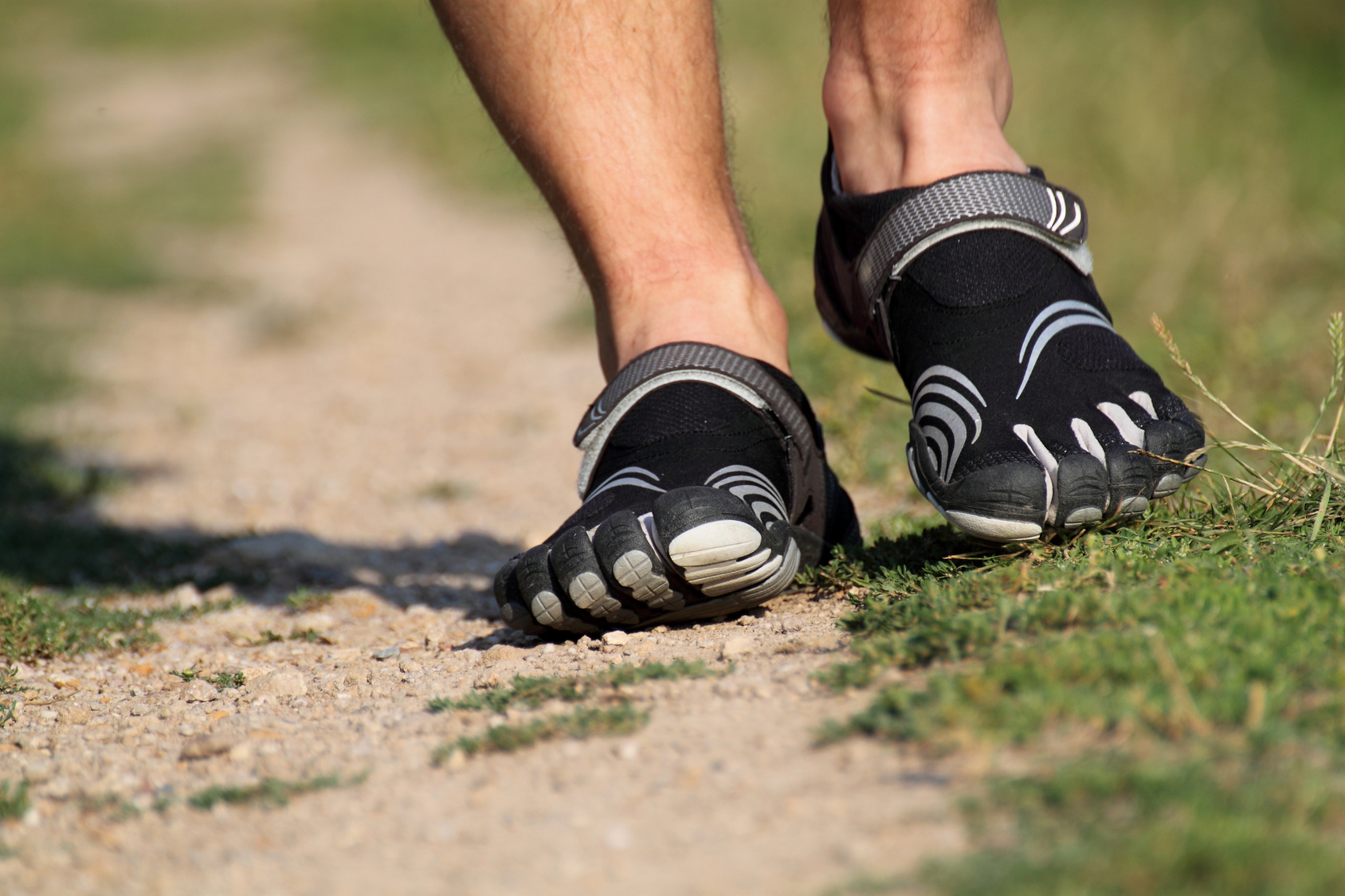It seems that during the last few years, the world of running has seen a sharp rise in the barefoot running craze. Barefoot running, also known as natural running, involves running without footwear or in minimalist footwear such as running moccasins, huarache sandals, or barefoot running shoes that feature separate slots for each toe. Some even opt for minimalist running flats for their “barefoot running.” Proponents of barefoot running argue that it helps prevent chronic injury caused by heel striking in today’s padded running shoes. They also argue that it promotes strength, balance, and a more natural running style.
But just how beneficial is this “barefoot running” for overall joint health? Here is a look at what research and experts have to say.
One study published in Nature: International Weekly Journal of Science in 2009 analyzed the foot strike patterns involved in barefoot running versus shod running. It concluded that barefoot runners tend to land on the forefoot before bringing down the heel, while runners wearing padded shoes tend to land on the heel first. The study remarked that forefoot strike generates smaller collision forces than rear-foot strike, which could mean for fewer impact-related injuries in the feet and limbs for barefoot runners.
Alternatively, another study published by Brigham Young University in 2013 focused on how the use of minimalist running shoes affected bone marrow edema and had contrasting conclusions. It concluded that runners who gradually transitioned to minimal running shoes over a ten-week period showed early signs of bone injuries in their feet after the ten-week period. This finding caused the writers of the study to urge runners interested in barefoot running to make a very slow transition to minimalist running shoes to avoid foot stress injuries.
Some health organizations have issued statements regarding the health claims that surround barefoot running. The American Podiatric Medical Association, for example, states that “while anecdotal evidence and testimonials proliferate on the Internet and in the media about the possible health benefits of barefoot running, research has not yet adequately shed light on the immediate and long-term effects of this practice.” Both the American Podiatric Medical Association and the American Academy of Podiatric Sports Medicine encourage runners seeking to try barefoot running to consult a podiatrist before doing so. The American Diabetes Association, meanwhile, emphasizes that because diabetics tend to have reduced sensation in their feet, they should avoid running or even walking barefoot, being sure to wear comfortable shoes whenever engaging in these activities. It also underlines that wearing shoes will prevent blisters, cuts, scratches, and swelling, all of which could contribute to infection or inflammation.

